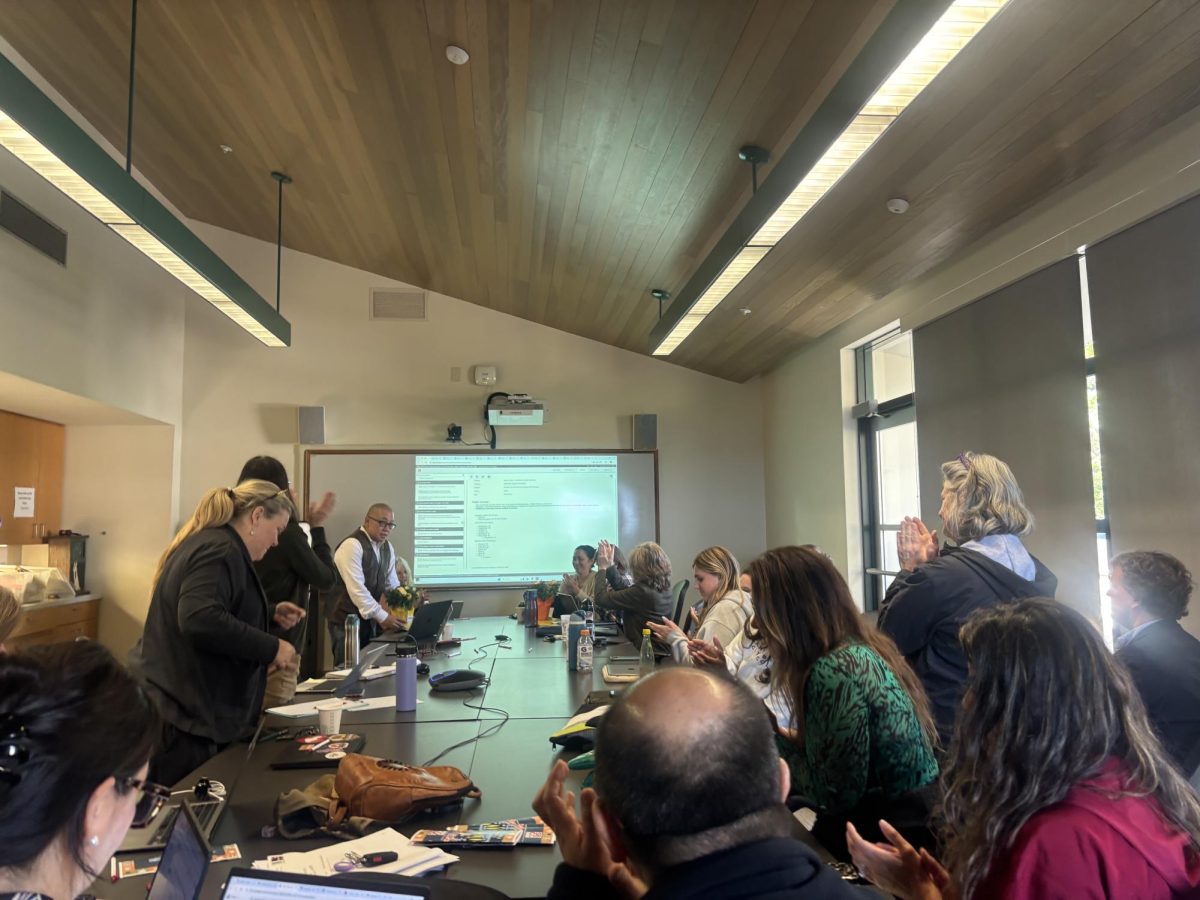On Sept. 25, members of the Academic Senate reviewed the details of a 2024-25 Facilities Vision Plan, laying out a strategy for upgrading and revamping unused buildings at City College.
Interim Assistant Superintendent-Vice President of Business Services Brian Fahnestock and Director of Campus Planning Megan Gaunce presented the 2024-25 Facilities Vision Plan during the regular Senate meeting.
“We need to invest in this campus,” Fahnestock said. “We have way more space than we can afford.”
This vision plan was critiqued by faculty, and was heavily debated amongst the senate. Corrections to the plan were made after this meeting according to Fahnestock and Gaunce. The near-finalized plan will be presented at the next College Planning Council meeting, on Oct.15.
Emotions ran high as tensions escalated among faculty members in relation to the Measure P bond. Measure P was approved by The Board of Trustees in June to be added to this year’s ballot, aiming to repair and upgrade aging college facilities.
Measure P would simply extend the current bond tax rate previously approved by voters of $8.50 per $100 thousand of assessed (not market) value according to City College’s website. The two are independent of each other but are used hand in hand when discussing the usage of fundings to repair and replace facilities at City College.
“For the infrastructure and what we need, we need money for it,” Executive Director of Public Affairs and Communications Jordan Killebrew said. “That’s where the two are sort of connected, but not really, because if the bond is not approved, then we will still look at our facilities vision plan and see where we can make things applicable to change.”
This vision plan includes a guide for future campus development, with the intent to describe a path for the district to improve and maintain existing facilities to meet educational goals and objectives. These vision plans are updated and revised by the district every five years.
Killebrew explained that the Facilities Vision Plan is an assessment of how buildings at City College are used, overall creating a strategic blueprint.
The bond and facility plan are not affiliated in any way, as stated by Superintendent-President Erika Endrijonas, although the senate compares the two throughout discussion.
This Facilities Vision Plan reads about 135 pages, full of statistical information regarding usage of certain buildings on campus.
The main facilities targeted for modification in the plan include the following: Sports Pavilion, Physical Science Building, Learning Resource Center / library renovation and the Orfalea Early Learning Center. According to this plan, these facilities have been rundown for many years.
Additionally, this plan focuses on the removal of portable classrooms on the East Campus, and what City College will be able to offer with this extra space. Parking spaces, campus entrances, and pedestrian circulation are planned to be revised as well.
Laura Woyach, an accounting professor and academic senator, questioned Fahnestock in relation to the bond and the funds that come with it.
“How valuable is this plan if it’s not approved [by voters],” Woyach asked Fahnestock. “Do we have a plan B or are we just screwed?”
If this bond is not approved, Fahnestock explained that these old buildings will be leased out or not in use at all, due to lack of funding.
The plan additionally includes a revised map of City College, which prompted a dispute among faculty. The map presented was color coded and labeled by academic category. Based on student traffic, this map identified City College’s Interdisciplinary Center as the most popular, which led mathematics professor Elizabeth Chrisholm to question the aspects of this building.
“It’s the most popular building, but we don’t even have air conditioning,” Chisholm said.
Fahnestock expressed that air conditioning is a major factor that falls into this facility plan, which prompted a positive reaction from the senate.
Kimberly Monda, past Academic Senate president, caught a factual error in the amount of unused buildings on campus and expressed her concern as to where this information is coming from, explaining that this plan is statistically incorrect in many ways.
The senate agreed that many corrections need to be made to this plan before it can be approved by the CPC.
The meeting moved on to public announcements.
“Because I am not being paid by the school, I can promote this.” Planning and Resource Chair Jamie Campbell said. “Vote yes for Measure P.”
The next Academic Senate meeting will take place at 3 p.m. on Wednesday, Oct. 9.









